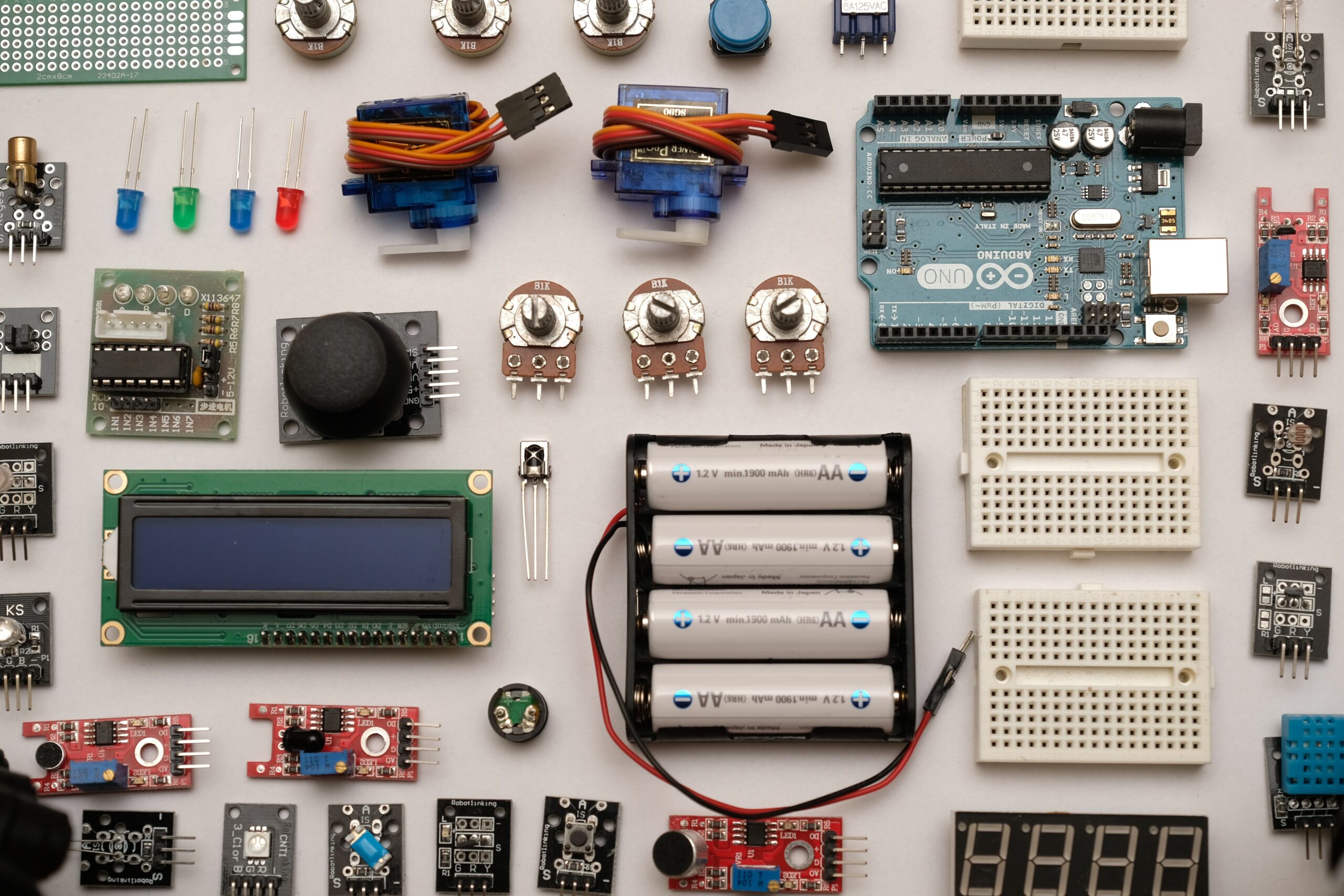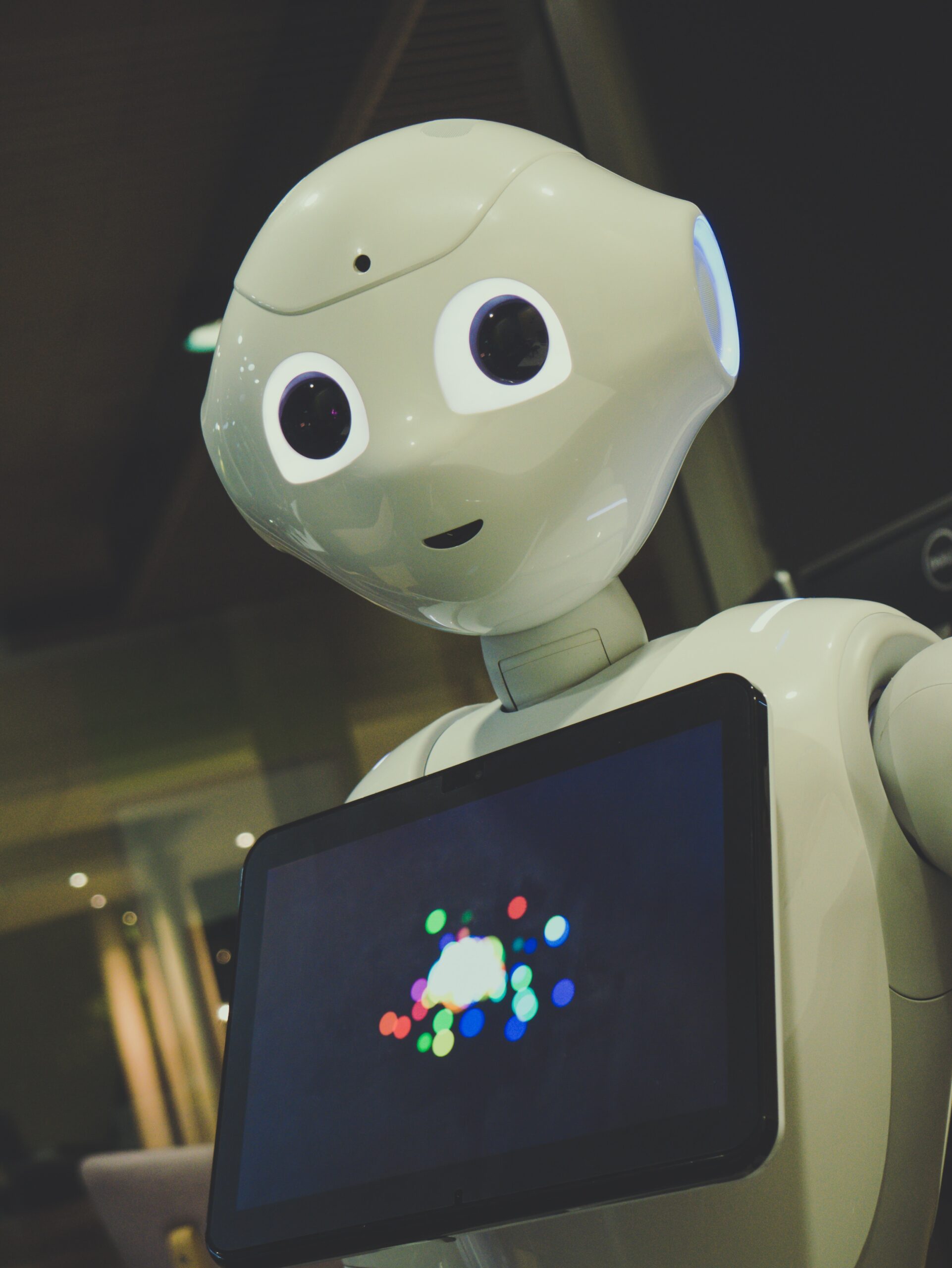With the rapid advancements in technology, the Internet of Things (IoT) has emerged as a game-changer, revolutionizing industries and transforming the way we live and work. In this blog post, we will explore what IoT is, delve into the future of the IoT industry, discuss its various data types of devices, and highlight both its advantages and disadvantages.
What is IoT?
The Internet of Things refers to the network of interconnected devices, objects, and machines that are embedded with sensors, software, and connectivity, enabling them to collect and exchange data. These devices can range from everyday objects like smartphones, cars, and appliances to industrial machinery and infrastructure.
The Future of the IoT Industry
The IoT industry is poised for exponential growth in the coming years. According to a report by Statista, the number of connected devices worldwide is projected to reach 75 billion by 2025. This widespread adoption of IoT technology is expected to bring about significant changes and opportunities across various sectors.
In the healthcare industry, IoT devices can monitor patients’ vital signs remotely, allowing for early detection of health issues and reducing hospital readmissions. Smart homes equipped with IoT technology can enhance energy efficiency, security, and convenience. In agriculture, IoT sensors can optimize irrigation systems and monitor crop health, leading to increased productivity and reduced resource wastage.
The IoT is also revolutionizing the manufacturing sector through the implementation of smart factories. By connecting machines and equipment, manufacturers can improve operational efficiency, reduce downtime, and optimize production processes. Additionally, the transportation and logistics industry can benefit from IoT-enabled tracking and monitoring systems, improving supply chain management and enhancing customer satisfaction.
Data Types of Devices in IoT
IoT devices generate vast amounts of data, which can be categorized into three main types:
- Sensor Data: This type of data is collected by sensors embedded in IoT devices and includes information such as temperature, humidity, light intensity, and motion. Sensor data is crucial for monitoring and controlling various environmental factors.
- Machine Data: Machine data is generated by machines and equipment connected to the IoT network. It includes data related to performance, maintenance, and usage patterns. Analyzing machine data can help identify inefficiencies, predict failures, and optimize operations.
- User Data: User data is generated by individuals interacting with IoT devices. This can include personal information, preferences, and usage patterns. While user data can provide valuable insights for customization and personalization, privacy concerns must be adequately addressed.
Advantages and Disadvantages of IoT
Advantages:
- Efficiency and Automation: IoT devices automate tasks, reducing human intervention and improving efficiency. This leads to cost savings, increased productivity, and improved decision-making.
- Data-driven Insights: The vast amount of data collected by IoT devices can provide valuable insights for businesses, enabling them to make data-driven decisions, optimize processes, and improve customer experiences.
- Improved Safety and Security: IoT technology can enhance safety and security in various domains. For example, smart home security systems can detect intrusions and notify homeowners, while IoT-enabled surveillance systems can monitor public spaces and identify potential threats.
Disadvantages:
- Privacy and Security Concerns: The collection and storage of vast amounts of personal data raise privacy and security concerns. Unauthorized access to IoT devices can lead to data breaches and compromise user privacy.
- Complexity and Interoperability: The IoT ecosystem consists of a wide range of devices, platforms, and protocols, making interoperability and standardization challenging. Integration of diverse devices and systems can be complex and time-consuming.
- Reliability and Maintenance: IoT devices are susceptible to technical issues, connectivity problems, and software vulnerabilities. Regular maintenance and updates are essential to ensure reliable and secure operation.
In conclusion, the Internet of Things is transforming industries, enabling automation, data-driven insights, and improved safety. As the IoT industry continues to grow, it is crucial to address privacy and security concerns and overcome interoperability challenges. With its vast potential, the IoT holds the promise of a connected future, revolutionizing the way we live and work.





